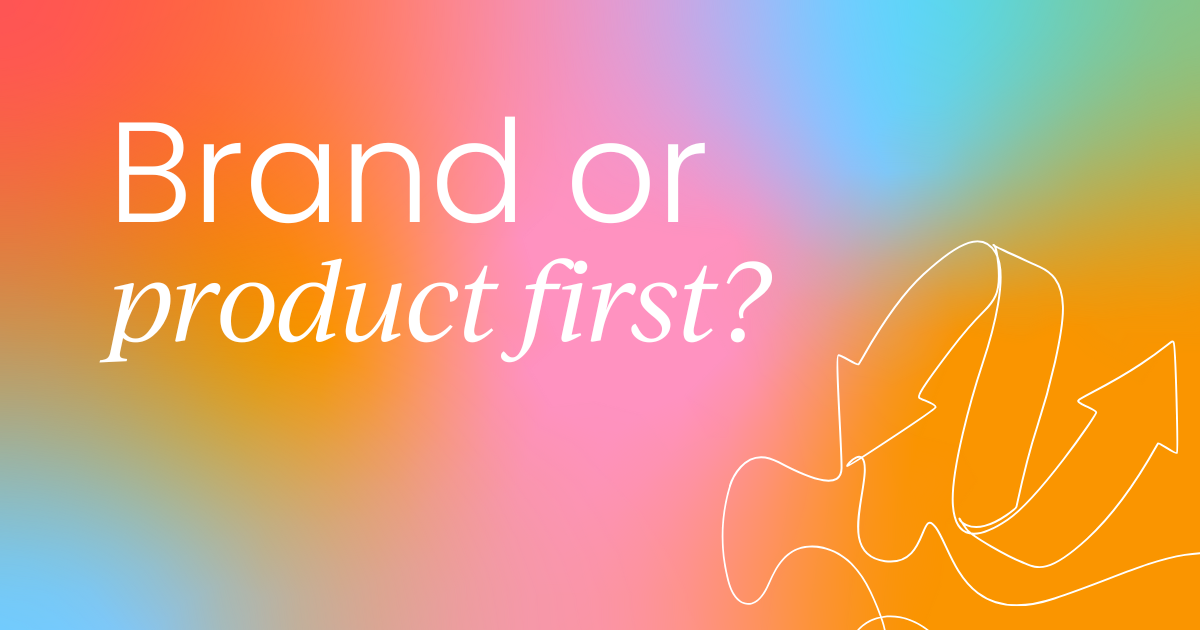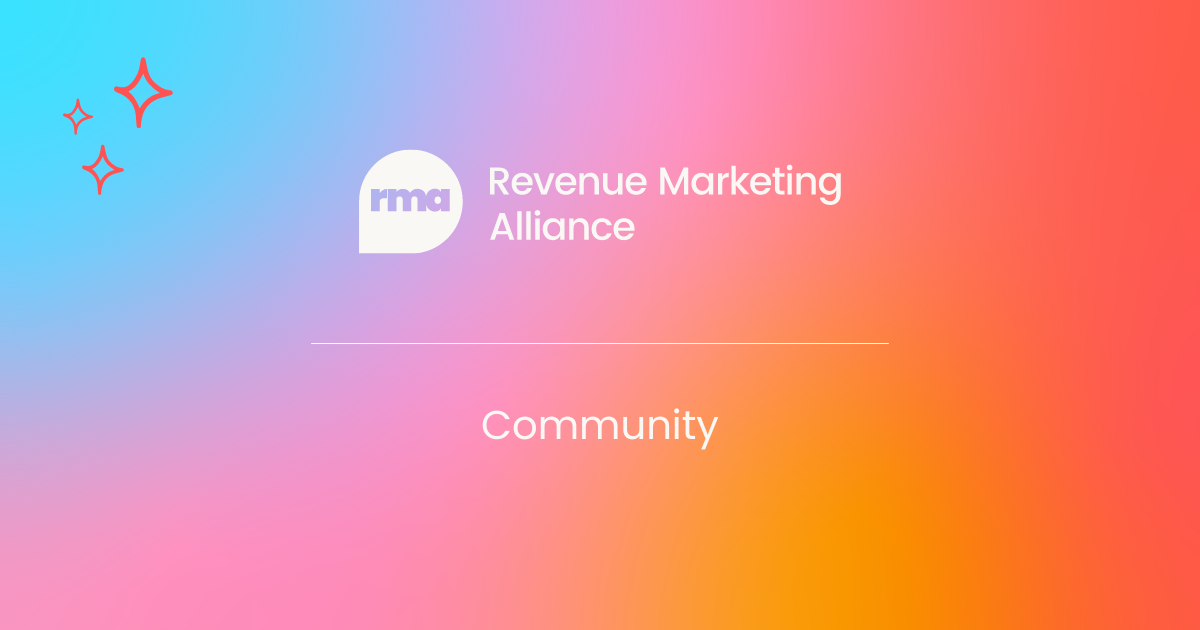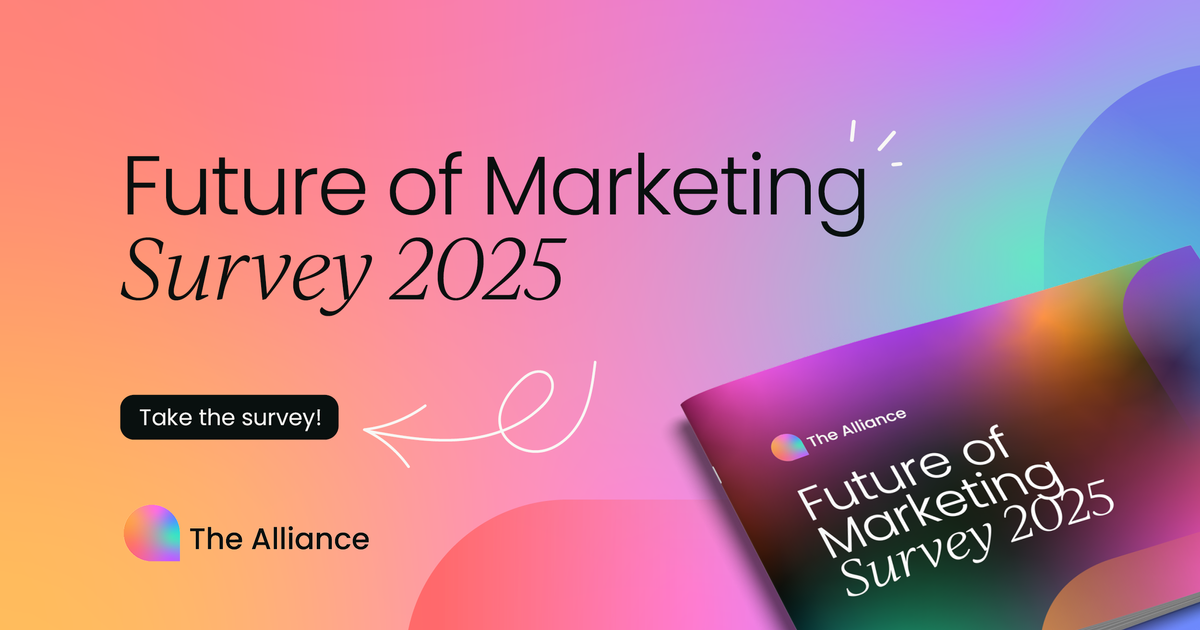Brand loyalty isn’t what it used to be. Gone are the days when consumers stuck with a brand for decades, passing down preferences like family heirlooms.
Today, with social media dictating trends at lightning speed and attention spans shrinking, brands must work harder than ever to maintain loyalty while capturing fleeting consumer interest.
The battle for consumer attention is no longer just about product quality—it’s about brand experience, engagement, and alignment with personal values.
The loyalty dilemma in the digital age
In an era where consumers are bombarded with endless choices, maintaining brand loyalty feels like holding onto sand—it slips through your fingers if you’re not intentional.
A single viral TikTok can propel a new brand into the spotlight overnight, while a misstep can send a legacy brand tumbling. The question is: how do brands cultivate loyalty in an age of infinite distractions?
Traditional loyalty programs are no longer enough. Consumers today expect more than just discounts and reward points. They seek emotional connection, shared values, and brands that truly listen.
The modern loyalty equation involves personalization, storytelling, and community building.
For example, Patagonia’s environmental activism resonates with consumers who prioritize sustainability, making them not just customers but advocates for the brand’s mission.

Engagement, not just exposure
Loyalty today isn’t about familiarity—it’s about engagement. Social media has turned marketing into a two-way conversation, where customers expect brands to listen, respond, and even co-create.
Take Wendy’s, for example. Their Twitter strategy is legendary, using humor and direct engagement to build a cult-like following. They don’t just sell burgers; they sell an experience, a personality, a relationship.
Compare this to the more traditional, hierarchical approach seen in Eastern markets like China, where loyalty is often built through deep brand ecosystems.
Companies like Alibaba and Tencent don’t just offer products—they integrate entire lifestyles through e-commerce, payment systems, entertainment, and social platforms. WeChat, for example, is not just a messaging app; it’s a complete digital ecosystem where users can shop, pay bills, and interact with brands seamlessly.
The lesson? The future of brand loyalty lies in holistic consumer experiences, not just single transactions.
Authenticity over perfection
Consumers today crave authenticity. Overly polished, corporate-sounding messages feel disconnected in a world where people prefer behind-the-scenes glimpses and unfiltered storytelling. This shift has forced brands to rethink their messaging.
Consider Nike’s ‘You Can’t Stop Us’ campaign. It wasn’t just an ad; it was a statement, reflecting real stories of resilience and unity. Brands that succeed in maintaining loyalty are those that reflect their audience’s values, struggles, and aspirations.
This shift toward authenticity is also evident in China’s influencer-driven economy, where Key Opinion Leaders (KOLs) play a huge role in shaping consumer trust.
Unlike Western influencer marketing, where celebrities dominate, China’s model thrives on everyday individuals who build credibility through consistent engagement and expertise.
The result? A sense of relatability and trust that keeps consumers loyal. Brands in the West can take a page from this book by focusing on micro-influencers and community-driven content rather than high-profile endorsements alone.
The subscription economy’s lesson in retention
Look at the success of subscription-based brands like Netflix, Spotify, and Amazon Prime. They’ve mastered retention by continuously adapting to consumer needs, personalizing experiences, and offering seamless value.
Loyalty today isn’t just about repeat purchases; it’s about habitual usage and emotional connection. Amazon Prime isn’t just a shipping service—it’s convenience redefined. Spotify doesn’t just stream music—it curates your soundtrack.
Similarly, in China, platforms like JD Plus offer premium memberships with exclusive discounts, faster shipping, and high-touch customer service. The strategy is clear: create so much value that switching becomes inconvenient.
The future of brand loyalty isn’t just about persuasion—it’s about integration into daily life.
The future: Community-led branding
The future of brand loyalty will be shaped by community-driven marketing. Consumers don’t just want to follow brands; they want to be part of them.
Whether through user-generated content, brand-led social movements, or personalized interactions, brands must build ecosystems where customers feel invested.
Glossier, for instance, built its empire by treating customers as co-creators, using their feedback to shape products. The result? A brand that feels personal and irreplaceable.
On the other side of the world, Chinese brands like Xiaomi have mastered this approach by fostering highly engaged communities that contribute to product development.
Xiaomi’s ‘Mi Fans’ are not just consumers; they are brand evangelists who participate in beta testing, provide feedback, and even co-create innovations. This level of involvement fosters unparalleled brand stickiness.

Conclusion
As we move forward, brands must accept that loyalty is no longer a given—it’s earned daily. It’s about relevance, adaptability, and authenticity.
Consumers have options, and they won’t hesitate to switch if a brand no longer resonates. The key to longevity? Stay human, stay engaged, and above all, stay real.
The divide between East and West in brand loyalty offers valuable lessons. While Western brands focus on storytelling, emotional resonance, and direct consumer engagement, Eastern brands are excelling in ecosystem-based loyalty, deep integrations, and hyper-personalization.
The most successful brands of the future will merge both worlds—building communities while embedding themselves seamlessly into daily life. The ultimate takeaway?
In a world of fleeting attention spans, only brands that evolve with their consumers will stand the test of time.
About the author
Dr. Islam Gouda is a young professional with a passion for marketing. Dr. Gouda has an honorary doctorate from the University of California in Strategic Marketing. He also has a master's degree from Florida State University and an American University of Sharjah graduate in Marketing and Management.
Dr. Gouda has marketing-focused business experience with a strong analytical ability to use available market data for strategic marketing, business development, and product development purposes along with the identification of new business opportunities and measurement of ROI.
Dr. Gouda's specialties include leadership and communications skills with the ability to adapt to a wide variety of cultures and to manage and work as part of cross-functional teams.
With new tech, fierce competition, and evolving consumer expectations, you have to stay ahead of the curve.
We're putting together a report to make sense of the chaos and help you navigate uncertainty.
But we need your input first. Help us deliver real insights and tips by taking our survey and making your voice heard.




 Follow us on LinkedIn
Follow us on LinkedIn





